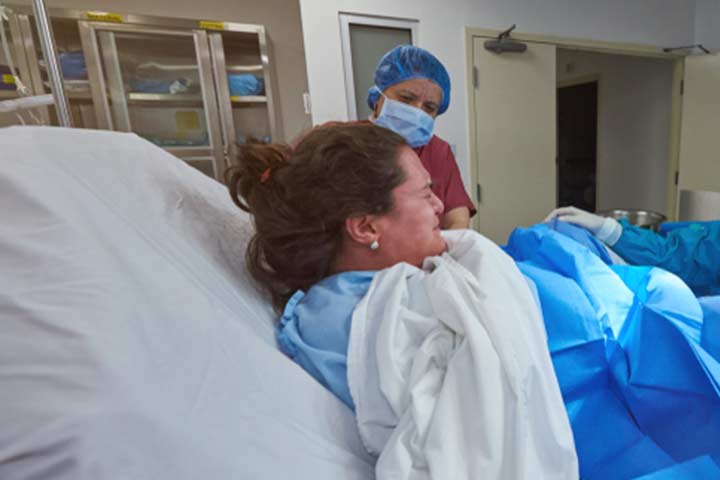
Image: Shutterstock
Painful intercourse. Birth trauma. Prolapse. Fecal incontinence. Anxiety. PTSD. Fear. Unable to control flatulence. Shame. Embarrassment. Pain. If you’ve ever had a 4th-degree tear, you are no stranger to these. Since I was already aware of tearing down there, I had prepared myself by reading and stocking up the essentials. From doing Kegel exercises and stocking up on maxi pads to buying witch hazel, squirt bottle and stool softener, I had stashed away everything from my checklist to make sure my postpartum recovery period went as smoothly as possible.
My pregnancy was a normal one and had nothing out of the ordinary. We became pregnant within the first few months of trying, and I experienced only mild morning sickness. Even though I was worried about suffering from severe acne, my skin and hair actually looked good throughout my pregnancy. I put on a normal amount of weight and indulged in a light workout as my doctor had recommended. My pregnancy was pretty much uneventful until my water broke. My husband and I rushed to the hospital and when we reached I had already dilated a few centimeters. As my labor progressed, I could hear the doctor saying something about an umbilical cord being wrapped around my baby’s neck. I started to panic. That’s when my doctor reassured me that I just needed to give one big push and they would take care of the rest. Determined to avoid any further complications that would put my baby’s life in danger, my animal instincts kicked in and with that one final push, I could hear my baby’s cries.
Image: Shutterstock
I fell back on my bed and felt a sense of euphoria. The doctor held my baby in her arms and told him how strong his mama is that she tore herself up for him. Consumed by exhaustion and happiness, I simply took it as a compliment. Thankful for a healthy baby and the epidural that I decided to get, I remained oblivious as my doctor began stitching up my nether regions. After what seemed like a generous amount of time, my doctor informed me that I had suffered a fourth-degree tear. She then went on to explain how normal it is for women to have tears to make way for the baby during childbirth. However, fourth-degree tears are much less common than first and second-degree, and occur in 3 out of 100 women who opt for a normal delivery (1). Unlike a second degree tear which extends up to the perineum, a fourth-degree tear is much deeper, extending up to the lining of the rectum or anus.
Image: Shutterstock
As my epidural wore off, the excruciating pain started to kick in. Walking, standing, sitting, and everything hurt like hell, let alone having a bowel movement. In the first few months, I had sworn never to go through childbirth again. It took me almost 3 years to feel normal again. I felt comfortable going to the loo and wasn’t worried about my nether regions tearing up. Both my stitches and trauma healed with time and I got pregnant the second time. Thankfully, I had a relatively easy (no stitches) childbirth experience with my baby girl.
To all the moms who had a fourth-degree tear, slowly but surely things will get back to normal and you’ll start feeling better again. But here’s the thing: a mom who had a fourth-degree tear will learn not to take mundane activities such as going to the loo for granted ever again.
Women who suffer from fourth-degree tears often suffer in silence. But thankfully more and more women are coming forward with their stories including celebrity mom, Chrissy Teigen. The mom of two took to Twitter to share her experience of childbirth. Chrissy officially confirmed that postpartum recovery is 90% better when you don’t have a fourth-degree tear. And I couldn’t agree more.














